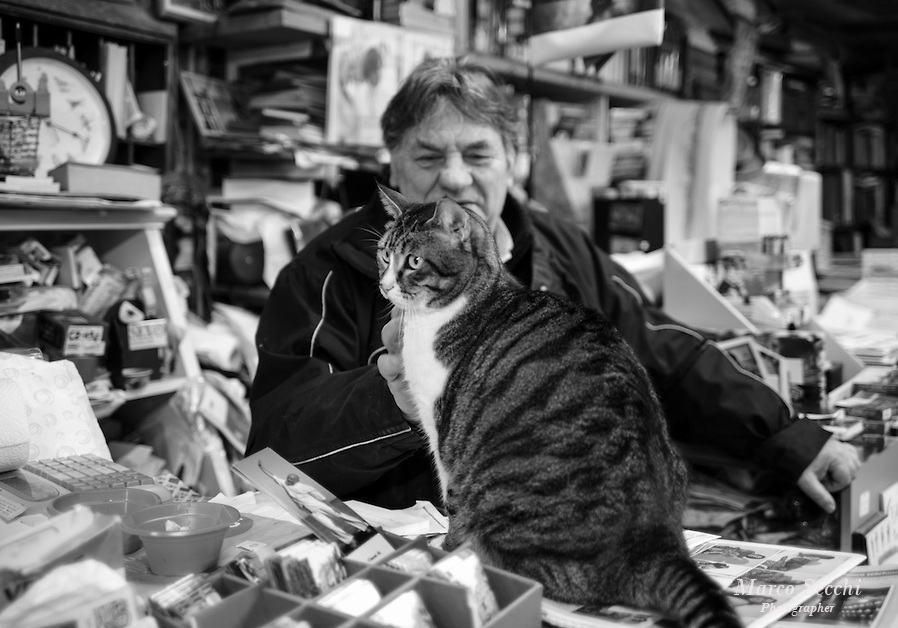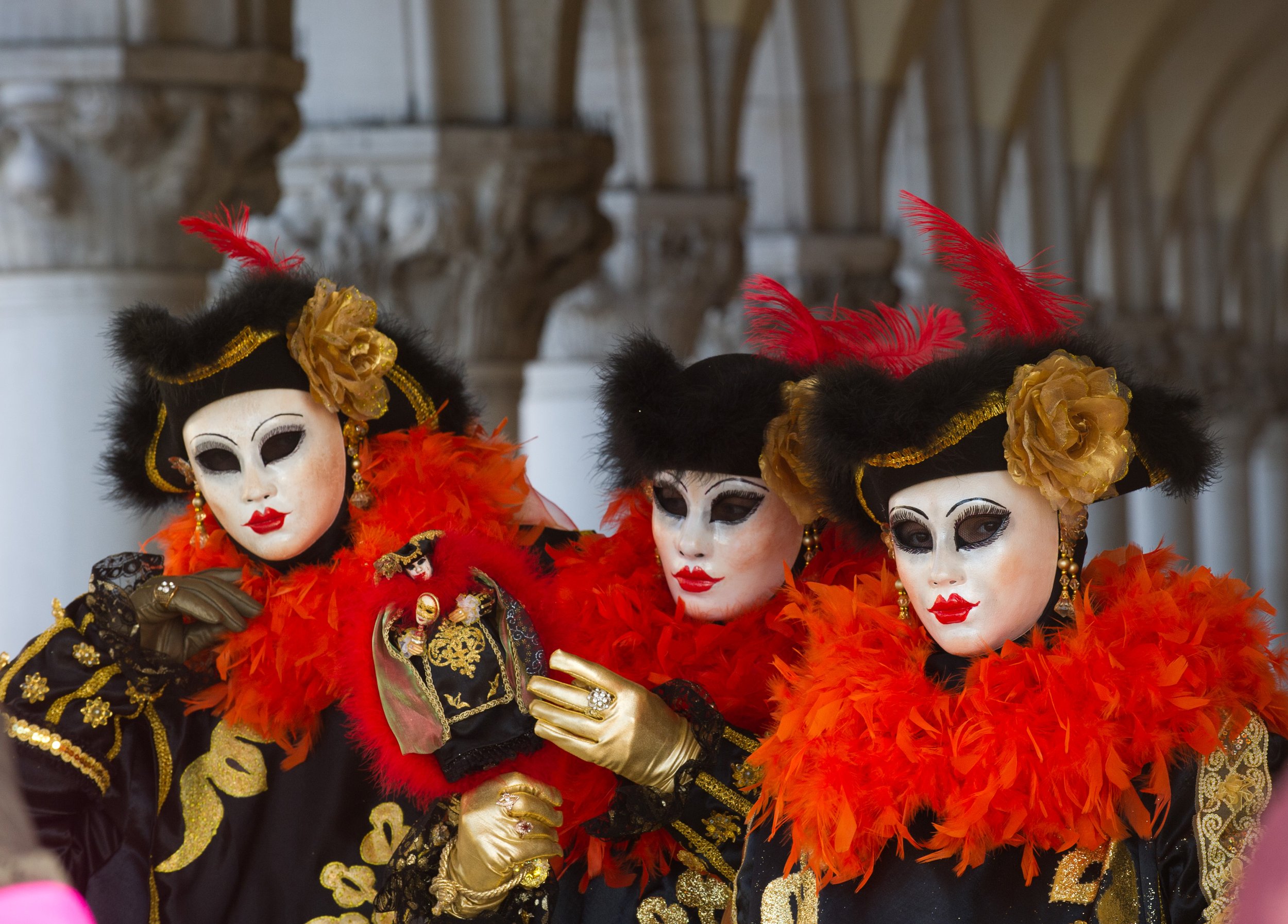A Guide to Venice: the Best Neighborhoods
/Venice, a city woven with canals and steeped in history, offers an array of mesmerizing neighbourhoods for travellers seeking an authentic experience. While the allure of San Marco and Rialto is undeniable, their bustling crowds can sometimes overshadow this city's serene beauty. Here, we explore the enchanting areas of Venice that promise a more intimate encounter with La Serenissima.
1. Cannaregio: A Blend of Serenity and Accessibility
Just a stone's throw from the Santa Lucia train station, Cannaregio is a traveller’s dream for its convenience and tranquillity. This district, a tapestry of narrow alleys and serene canals, offers a glimpse into the everyday life of Venetians. The Jewish Ghetto, nestled in Cannaregio, is historically significant and brims with cosy trattorias and artisan shops. Stay here for easy access to the train station and a peaceful retreat after a day of exploration.
2. Dorsoduro: The Artistic Heartbeat
Dorsoduro, known for its vibrant art scene, is an ideal choice for those enchanted by creativity and culture. Home to the renowned Peggy Guggenheim Collection and the Accademia Gallery, this area is a haven for art lovers. The lively Campo Santa Margherita, dotted with cafes and bars, provides a youthful vibe. Choose Dorsoduro for a stay enriched with art, splendid views of the Grand Canal, and a lively yet relaxed nightlife.
3. Castello: A Slice of Authentic Venice
For a deep dive into Venetian life, Castello is your go-to. This sprawling neighborhood, stretching from the edge of San Marco to the verdant gardens of Biennale, is a mosaic of local life, historic sites, and charming cafes. Experience the authentic Venice, away from the tourist trail, and enjoy leisurely walks along the picturesque Riva degli Schiavoni.
4. Santa Croce: Convenience and Character
Santa Croce, often overlooked by tourists, offers a unique blend of convenience and Venetian charm. Easily accessible from Piazzale Roma and the train station, this area is ideal for those with heavy luggage or limited time. Despite its central location, Santa Croce maintains a laid-back atmosphere filled with hidden gems and local eateries.
5. Giudecca: An Island Retreat
For a serene escape, consider staying in Giudecca. This island, just a short vaporetto ride from the main city, is a peaceful sanctuary with spectacular views of Venice. Giudecca is known for its artistic workshops and less crowded walkways and is perfect for those seeking tranquillity and inspiration.
6. San Polo: A Culinary Delight in the Heart of Venice
Nestled in the heart of Venice, San Polo is a delightful district for those who appreciate the culinary arts and vibrant market life. This area, one of the city's oldest parts, is home to the famous Rialto Market, where locals and chefs gather for the freshest seafood and produce. The narrow streets of San Polo are lined with an array of eateries, from traditional Venetian bacari (wine bars) to gourmet restaurants, making it a paradise for food enthusiasts. Despite its proximity to the more crowded tourist spots, San Polo retains a sense of intimacy and charm, offering a perfect blend of culinary exploration and Venetian authenticity. Stay in San Polo for an immersive gastronomic experience and easy access to Venice’s iconic sights.In Conclusion
Venice, a city of unparalleled beauty and history, offers diverse neighbourhoods, each with its unique charm. Whether you seek the artistic pulse of Dorsoduro, the tranquillity of Giudecca, or the convenient accessibility of Cannaregio, Venice has a corner that will speak to your heart. Remember, the beauty of Venice lies not just in its famous landmarks but in the hidden alleys, the local cafes, and the daily life of its residents. Happy exploring!









































